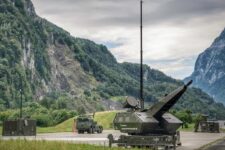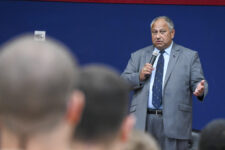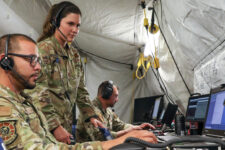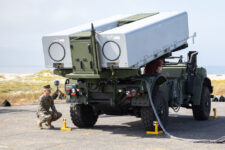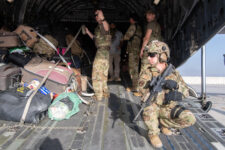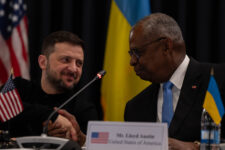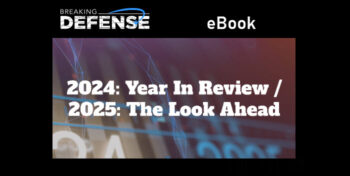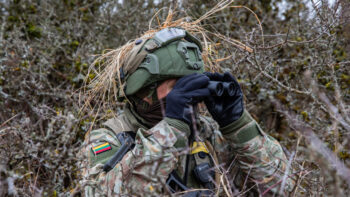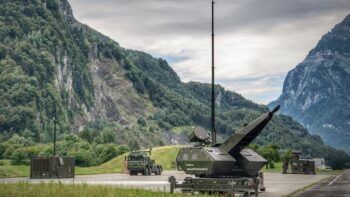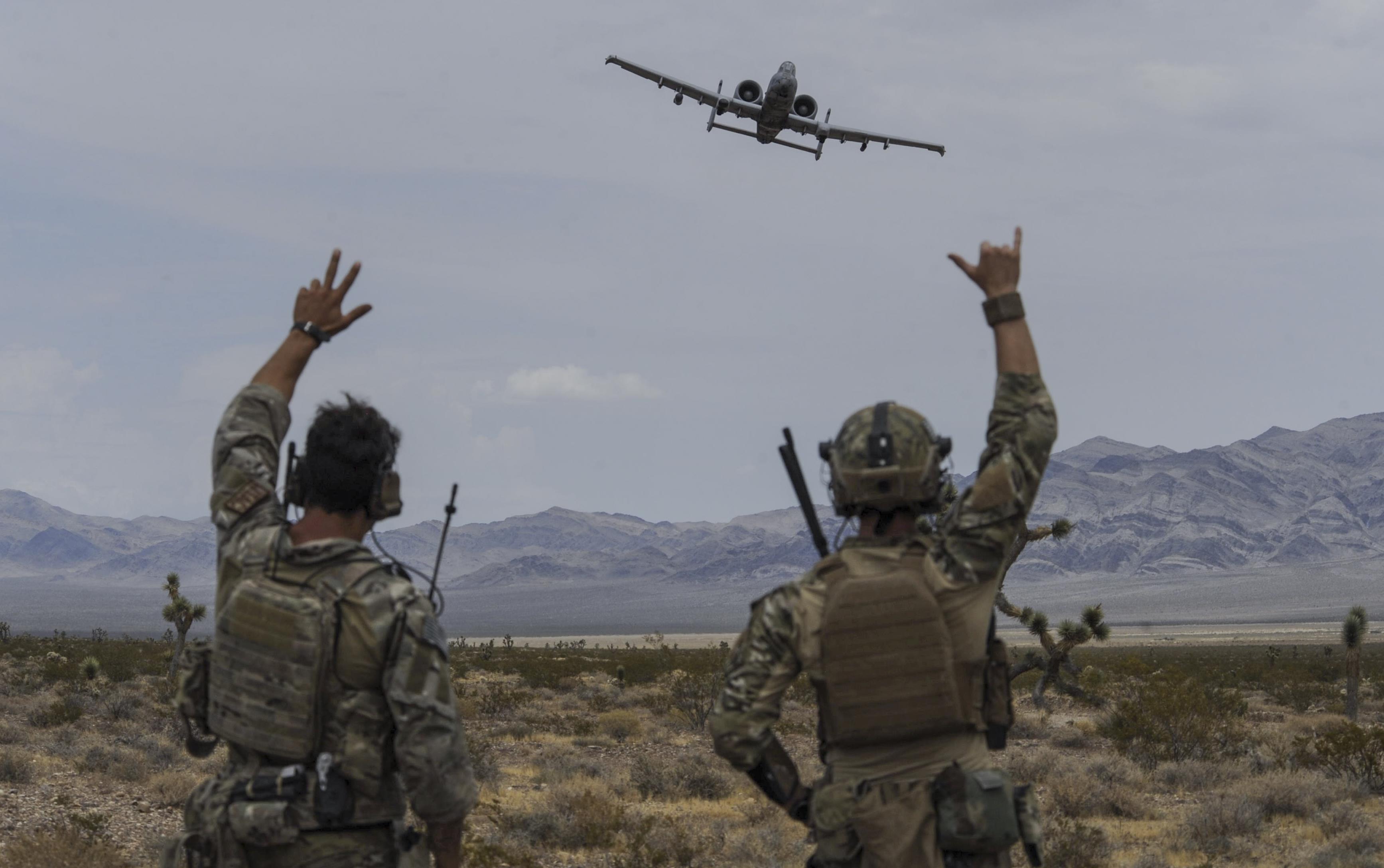
Joint Terminal Attack Controllers wave to an A-10 during training.
WASHINGTON: Pentagon leaders are working on an ambitious new strategy they hope will provide a path for technological innovation, drive major new acquisition programs, and pull the services together into a tightly knit joint force.
It’s a lot to ask of a single document, but officials insist the Joint Warfighting Concept will be ready by the end of the year.
“It’ll drive some of our investments, it is all about great power competition,” Vic Mercado, assistant secretary of defense for strategy, plans and capabilities, told a small group of reporters last week.
The new concept is being built on the back of the 2018 National Defense Strategy, which identified China and Russia as the pacing military challenges facing the US in the near future. The Joint Warfighting Concept will take that strategy a step further and add detail to the call for operating as a joint force from space down to the tactical level on the ground.
“We have never had the ability to look 10 years in the future and project how we would fight and win a war against a great power,” Mercado added. The old way of planning for potential future conflict has revolved around updating current operational plans. The new concept will reflect the work of all the services and the Joint Staff pulling together to identify capability gaps and assign roles.
The project appears to align with calls from Indo-Pacom commander Adm. Philip Davidson to increase investments in a network of training ranges across the region where all of the armed services can train together to develop the new kind of tech-centric war the Pentagon says it wants.
In a speech delivered this past March, Davidson said he’s looking to develop an ‘Indo-Pacific Warfighting Concept’ that includes fully integrated ground forces, special operations forces, cyber, space forces all backed up by long-range fires. “For its backbone,” he said, “we need a joint — joint — network of training ranges capable of meeting the exercise, experimentation, and innovation objectives of the new warfighting concept.”
Significantly, Davidson said these forces and their systems need to be meshed together permanently, and not as “an ad-hoc joint force shaped to respond to a crisis only after it occurs.”
His plan received a warm welcome on Capitol Hill, where both the Senate and House versions of the 2021 defense spending bill included money to begin flashing out the project.
Any strategy that purports to influence future defense spending and develop new communications technologies to knit the services together will require not only the buy-in from the Office of Secretary of defense, but all five services. Senior leaders will also have to grapple with the choices that a ballooning national debt will impose.
2022 Budget Probably Flat
Mercado was frank about those realities. “Some of the assumptions we made with regard to the budget, where we need 3 to 5 percent annual growth — we’re probably not going to see that.”
The 2021 budget saw no real growth from the previous year, and the 2022 budget “probably looks to be flat” as well, he said. The plans will try and take that into account. “We still have to look to the future, maybe take some risks in the near-term, and make some investments in those technologies that we’re going to need in the future like hypersonics, artificial intelligence,” he said.
The effort comes alongside several other large budget commitments. Defense Secretary Mark Esper ordered a series of deep dives on the various combatant commands which should wrap up in September, and Deputy Defense Secretary David Norquist is expected to deliver the Navy’s long-delayed 30-year shipbuilding plan and force structure assessments this fall.
“I can tell you there’s some critical components [from those reviews] — how you command and control the forces, how you do logistics; there are some common themes in there in a joint war-fighting concept,” he said.
Having so many reviews looking to drive force structure and budgets come out one after the other is a heavy lift for the department, especially if the Trump administration is voted out in November and a new team, with new priorities, comes aboard in early 2021.
“If we had that concept right now, we could use it to influence the ships that we are building, the amount of ships that we need, what we want the [combatant commands] to do,” Mercade said. “This warfighting concept is filling a gap — I wish we had it now — leadership wishes we had it now, it would inform all of the decisions that we make today.”





